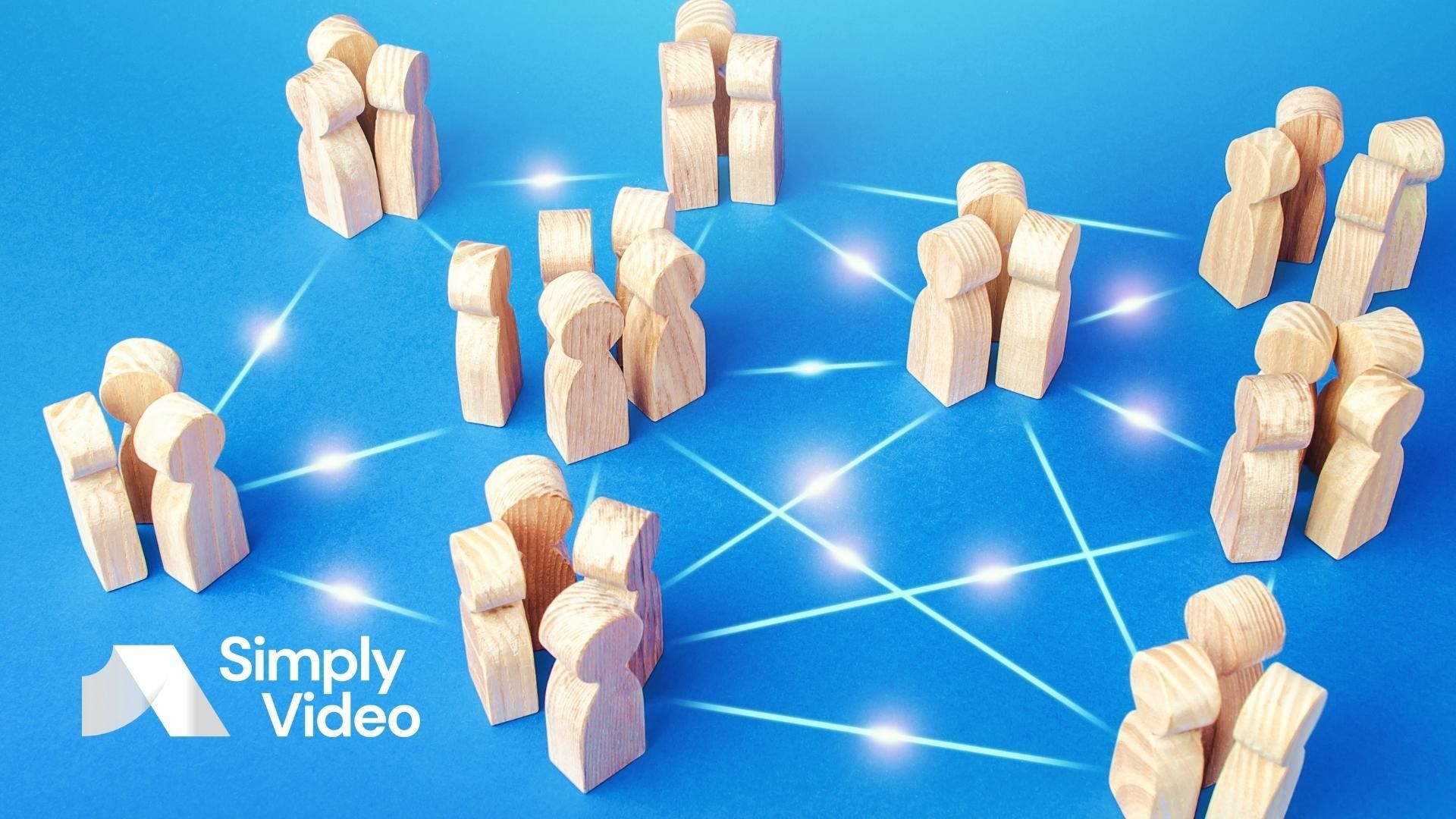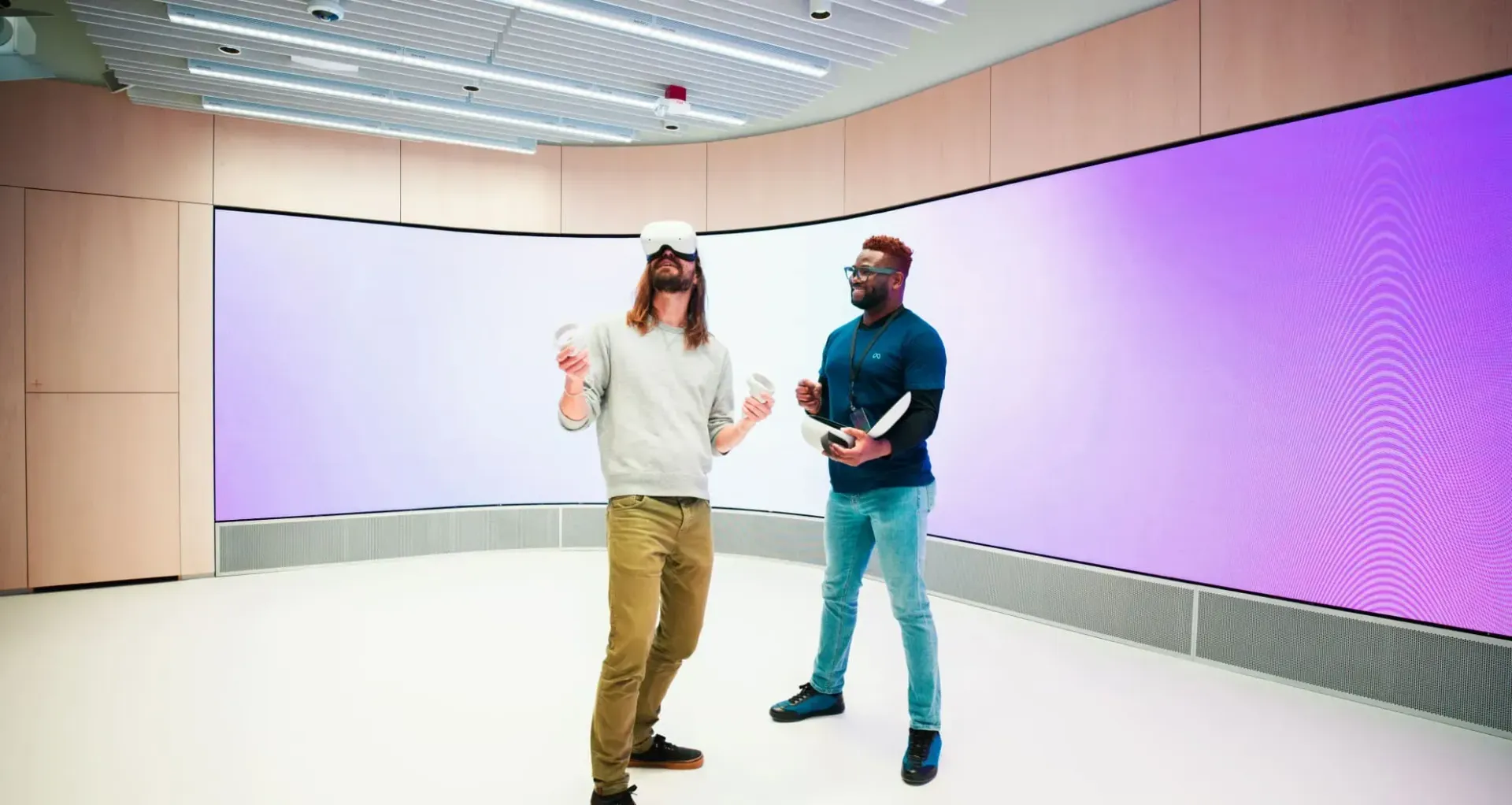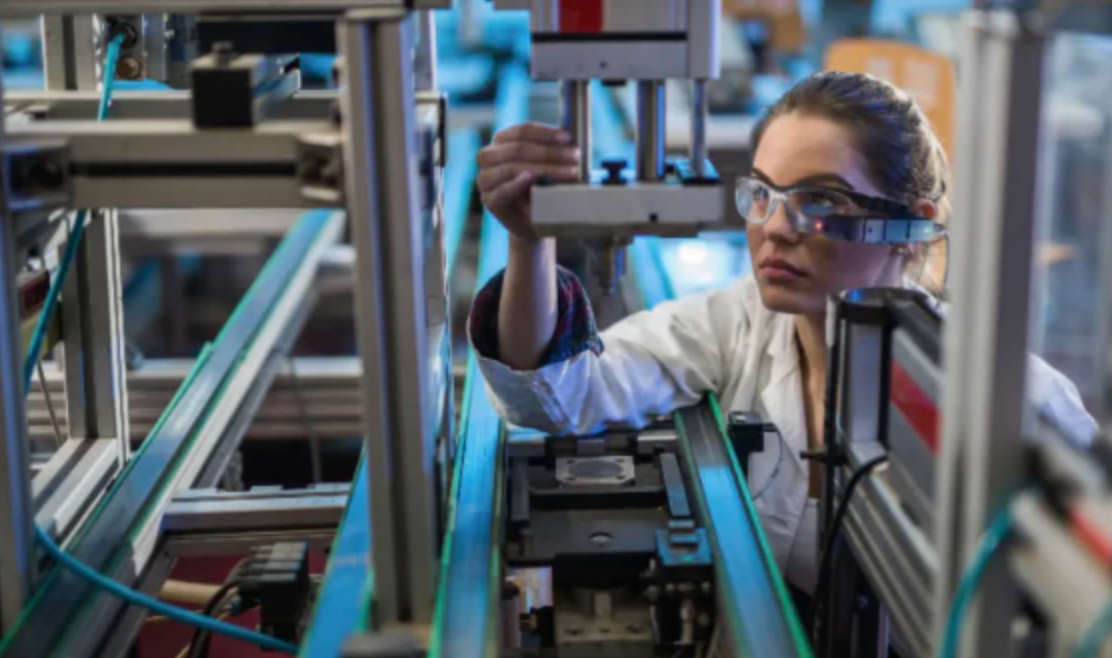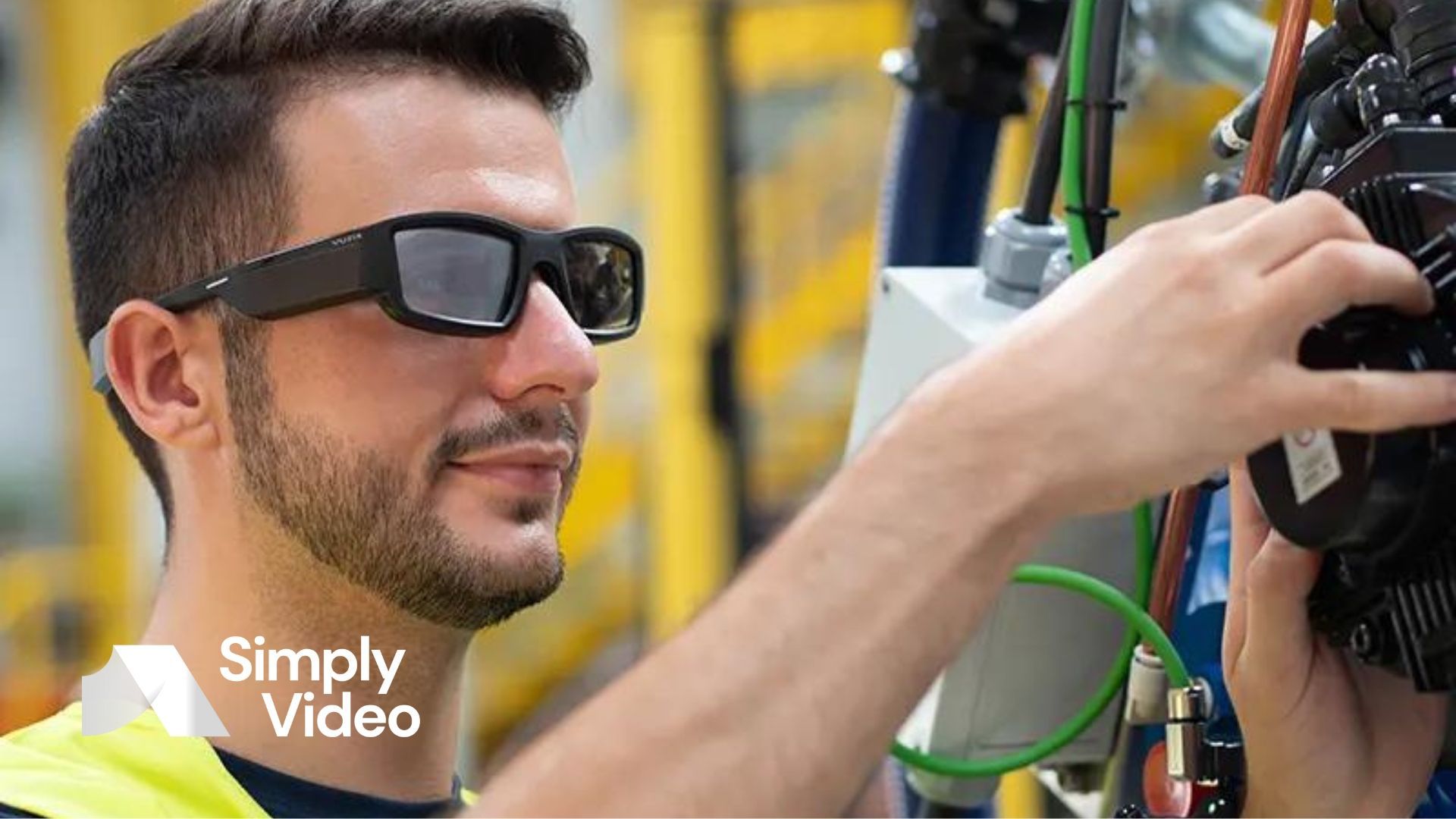4 ways to improve knowledge sharing across your enterprise
Teams that work together, succeed together. Empower efficiency in the workplace by considering 4 strategies for collaboration and knowledge exchange.

It's a simple concept: collaborative workers perform better than those who work in silos.
Fostering connections between teams, departments and offices is key to unlocking a workforce's potential. And it has the power to boost not just productivity, but also morale.
Giving employees the freedom to share insights, resources and expertise empowers them to do their jobs effectively and efficiently. So, how can leaders create more opportunities for them to share knowledge?
Create a culture where sharing knowledge is encouraged
It can be difficult for shy people to be themselves at work – or for teams to talk openly about mistakes they might have made.
To succeed, leaders must celebrate lessons and champion the idea that challenges are simply obstacles that can be overcome. Recognise and reward efforts to share knowledge with openness and intent – shout-outs in meetings or other forms of public praise could be hugely motivating for the individual and those around them.
The best leaders take small, consistent steps. Rather than cramming everything into a whole-day meeting at the end of the quarter, instead weave knowledge exchange through daily stand-ups, team calls and reviews.
Saving five minutes in an agenda to ask if anyone has anything to share is a quick, no-pressure prompt that may yield some interesting results. It also gently reminds colleagues to reflect in small doses rather than in one fell swoop.
People may find it harder to recall observations in detail if projects have spanned several months, so it's important to add frequent checkpoints alongside an official "lessons learned" phase at the end.

Anything raised in these forums should be saved in project records and information libraries that can be shared openly with the team. It will help develop your positive knowledge-sharing culture – and it will provide new starters will a great deal of support.
With enthusiasm sparked and ideas flowing, the last thing a group needs is to be knocked off rhythm by the distracting keyboard clacks of the designated minutes-taker. This is where digital enhancements can really start to help.
SimplyVideo, our
video collaboration platform, is designed to offer as much hands-free functionality as possible. This makes it ideal for remote meetings where detailed notes need to be taken discreetly.
Its Chat 4.0 feature automatically creates a light audit trail of the meeting. As well as capturing the video feed, it can save any photos, videos or sound files shared. These are then retained on the SimplyVideo cloud for later reference.
Give employees spaces to share knowledge in…
Culture and inspiration can be cultivated. But if employees lack the opportunities to come together and share knowledge, teams will always be restricted in what they can manage.
Many workspaces are inadvertently compartmentalised. Individuals work in cubicles. Departments are siloed on different floors. In larger organisations, it's not uncommon for whole branches to be isolated to separate offices, even.

Open-plan offices aren't always the answer, either. They can leave team members feeling like desk-side discussions might be inappropriate for the context – or perceived as disruptive to others.
Good news: there are easy ways to design knowledge-sharing spaces for workers.
To bring privacy to an open-plan office, make sure there are plenty of break-out spaces and bookable private rooms to encourage more intimate knowledge-sharing, particularly on more sensitive or complex topics.
To reduce unconscious silos, try to break down physical barriers where possible. Are head-height cubicle walls really necessary for the work being done – or can they be reduced or removed entirely? Can directors have an open-door policy?
… And let them do it naturally
Not all team-building activities have to prioritise immediate output.
Inside the office, boost conversation in communal spaces by adding coffee and water stations, snack tables or casual seating. Outside of it, arrange social events like fundraisers, games or picnics where colleagues can relax and get to know each other beyond emails.

While not all conversations may be strictly "lessons-learned-in-the-workplace" oriented, it's an investment in the office culture that will pay dividends in team collaboration later.
Fun sessions can be virtual, too. Quizzes and coffee mornings are great places to start – but consider branching out beyond the staple classics.
Extended reality tech like XR headsets elevates the traditional morning meeting. And with collaboration software like SimplyVideo, they allow for seamless communication even from remote locations with limited bandwidth – meaning colleagues on the move can join in.
Arm teams with the tools to succeed
These days, there's an app for anything – and team management tools are hugely popular.
Hardly surprising. They make it easy to keep track of personal tasks and deadlines, as well as health-check the team's productivity.
The key here is simplicity. If it's easy to understand and access, employees are more likely to use it (and keep using it).
Trello is ideal for task management and MIRO boards are perfect for brainstorming sessions. They're free and built for sharing – and neither requires a month of upskilling to get employees used to working on screens rather than a whiteboard or notepad.
Introducing a centralised platform for knowledge doesn't just make it easier to keep track of learnings, it makes distributing it to the wider team much easier, too.
Particularly in the wake of the landslide transition to hybrid working, it's more important than ever to ensure colleagues have multiple ways to contact each other. Many organisations have taken the opportunity to downsize office spaces and – as a result – personal desks have been chucked in favour of "hot desking", where colleagues book desks interchangeably.

This means fewer people are reachable by phone. And when email feels too formal or slow, video and chat tools like Google Meet and Microsoft Teams become the go-to.
Thanks to Pexip's Cloud Video Interoperability (CVI), SimplyVideo integrates seamlessly with platforms like these. So, in addition to all of the internal comms benefits of the platform itself, users can share knowledge in more advanced ways.
They can, for instance, join calls with a voice command using XR smart glasses – and the unique "see-what-I-see" functionality of XR wearables allows for quicker diagnostics and faster communication when problems strike.
SimplyVideo's integration allows connectivity for all types of users and devices, including non-Teams or Meet users. This means digital barriers will never impact the group's ability to share information.
Learn more about how SimplyVideo can be used to get more out of daily meetings – or
sign up for a 30-day free trial.












